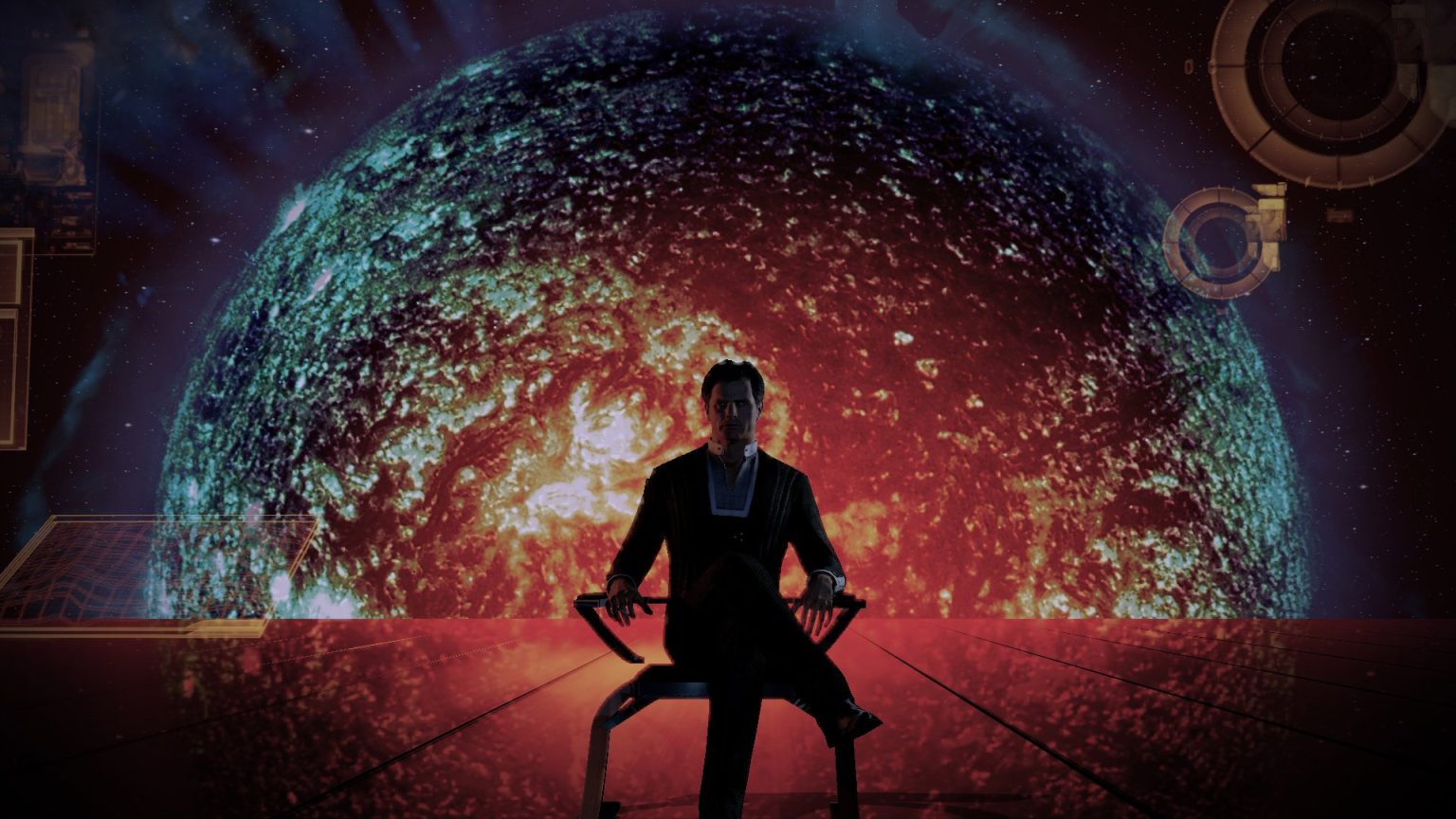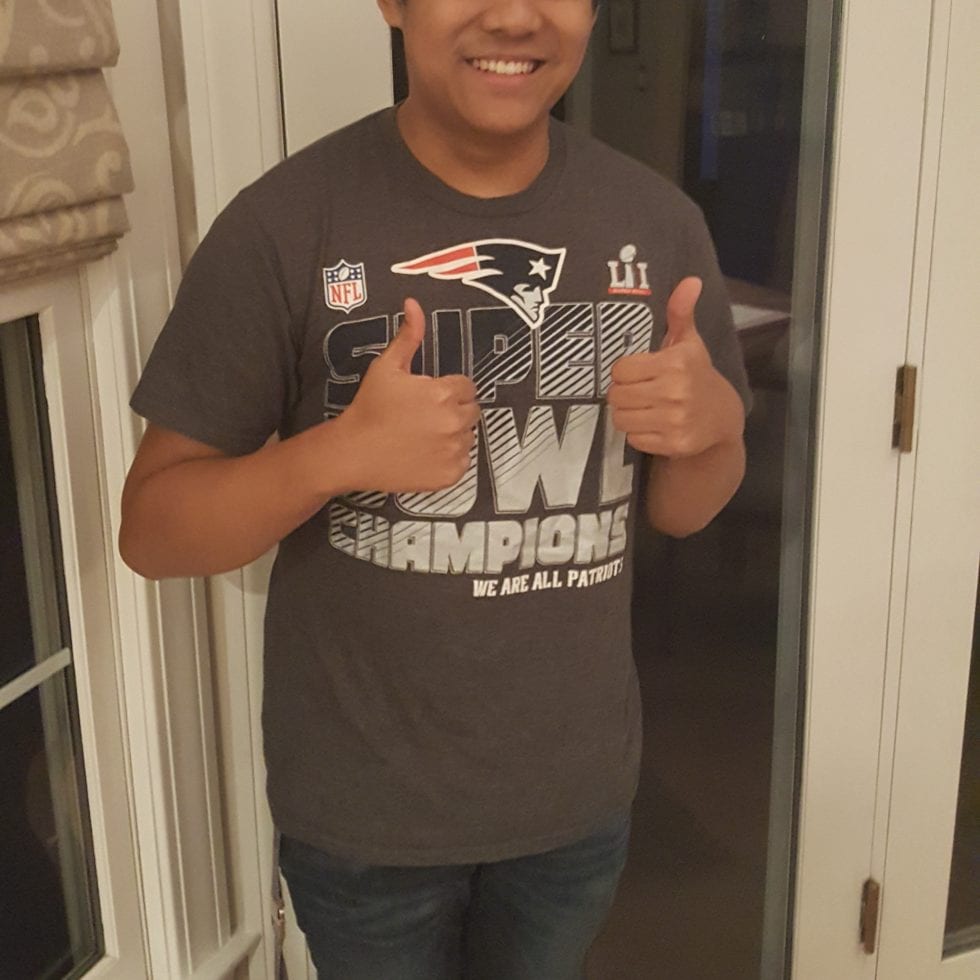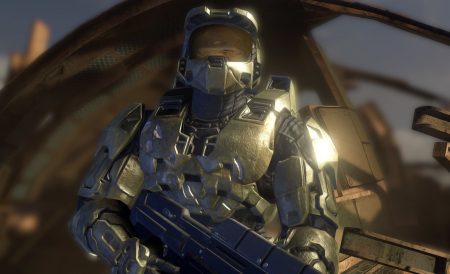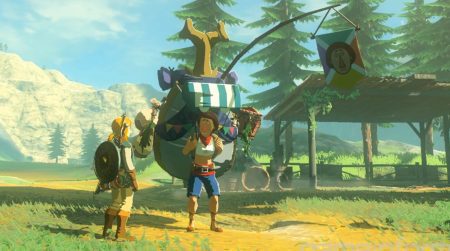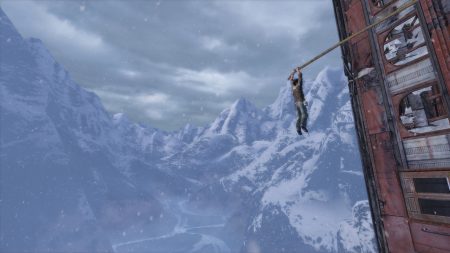Ending on a High Note
You’ve spent the entire game learning new mechanics, upgrading your skills, fighting boss after boss after boss. It’s finally time to face the head honcho, the final boss, your game’s Bowser. Before you walk through that final door and face the fight of a lifetime, you’re hit with the Endgame: the very last string of challenges stitching together every mechanic you’ve worked so hard to master. Whether this be a maddening boss rush starring all your favorite baddies or some of the most aesthetically darkest dungeons to date, these are the endgame sequences that left lasting impressions with our staff.
As a quick note, we tackled the flip side of this argument too in out list of the best video game opening levels.
Spoilers
David Silbert — Halo 3 — The Warthog Run

Halo 3 was one of the most anticipated games of its time. Halo 2 had left the galaxy-saving exploits of Master Chief and Cortana on a giant cliffhanger, and unsatiated players would have to wait another three years to see a resolution to the UNSC-Covenant conflict. This set the stage for what was to be the Halo series’ epic finale, and “Finish the fight” soon became a powerful call to action for millions of Halo fans around the globe leading up to the game’s release.
When Halo 3 finally released in September 2007, it was met with universal acclaim, a 94 Metacritic score, and $170 million in day-one sales. Fans and critics alike raved about the game’s campaign and multiplayer suites as well as its clip-editing and map-creation capabilities. Perhaps most importantly, players were finally able to experience the ending of the Halo trilogy and story of John-117.
What preceded this ending was arguably just as satisfying. In an attempt to prevent the Flood from taking over all sentient life, Master Chief decides to activate one of the Halo rings and eliminate the parasitic race for good. During the activation of the ring, he watches his fellow comrade, Sergeant Johnson, die at the hand of Forerunner Monitor Guilty Sparks. Before Johnson’s dying breath, he leaves Chief with two ultimatums: “don’t ever let [Cortana] go,” and a characteristic “send me out with a bang.”
From here, Master Chief and his Covenant-defecting ally, the Arbiter, must escape the set-to-fire Halo ring. Taking the wheel of Johnson’s trusty four-wheel Warthog, Chief and the Arbiter make their way along a suspended catwalk within the Halo installation to their awaiting UNSC frigate, Forward Unto Dawn. As time winds down and the ground collapses beneath them, players must gun the Warthog over treacherous gaps, swerve around falling obstacles, and avoid incoming enemy fire, all while listening to a dynamic version of “One Final Effort” that changes in intensity as the Halo ring gets closer and closer to firing.
For players, this final Warthog run was a jaw-dropping, heart-pounding sequence that saw Master Chief, Cortana, and the Arbiter off in spectacular, explosive fashion. It might have been an excruciating wait, but at that very moment, the payoff had been worth it. “Finish the fight,” they told us, and finish it we did.
Augustine Villanueva — Mass Effect 2 — Suicide Mission

Few sequels to a game have ever surpassed their original in the fashion that Mass Effect 2 did. Though the first Mass Effect was good in its own right, Mass Effect 2’s improvements in gameplay and story made it one of the best sci-fi RPGs of all time.
Two years after the events of Mass Effect, which culminated in the defeat of the traitorous Rogue Spectre Saren and stopping his Reaper flagship, Sovereign, from summoning its Reaper companions to initiate the next harvest of the galaxy, Shepard and his crew of new and familiar faces take a stand against a new threat in the Collectors after many cases of different colonies suddenly disappearing.
Mass Effect 2 has one of the most dynamic casts in a sci-fi RPG. Each mission delves further into their backstory, looking at their flaws and personalities, slowly giving the player a closer connection through each mission up to where they gain such trust in Commander Shepard that they are willing to use the Omega-4 Relay, allowing them to travel past the point of no return on a suicide mission.

What makes the suicide mission so impactful is that from this point, the amount of preparation done before it—and every decision made during it—has an impact on the progression of the final mission and the resulting ending of the game, truly making it a suicide mission. Everyone has a chance of dying, even Commander Shepard.
Passing through the relay, Commander Shepard and his crew are met with a massive field of ship debris from numerous failed expeditions. They soon make contact with Collector drones and the spaceship that downed the Normandy and killed Shepard in the opening sequence. Even as soon as passing through the Omega-4 Relay, there is a chance that a party member can die before the player even regains control of Shepard.
Upon crash landing on the Collectors’ station, Commander Shepard debriefs his team and selects specific members to do different tasks throughout the mission. Afterwards, Shepard gives a motivational speech about the severity of the mission and its importance for the sake of the galaxy, stating “it ends with us” while Jack Wall’s iconic and intense “Suicide Mission” plays in the background.
While making their way through the station, Shepard and his team encounter waves of Collectors and Husks and hear the voice of the Reaper mastermind, Harbinger, who had assumed control of certain Collectors. Along the way, the fate of those abducted by the Collectors is uncovered after one of the colonists is seen being melted down into a grey fluid that is siphoned into the super-massive humanoid-Reaper final boss. After Shepard destroys the machine, he is given the choice to either preserve the station to use against the incoming Reaper army or completely destroy it. Regardless of the choice, the mission ends with a slow shot of a massive Reaper force making its arrival to the Milky Way Galaxy.
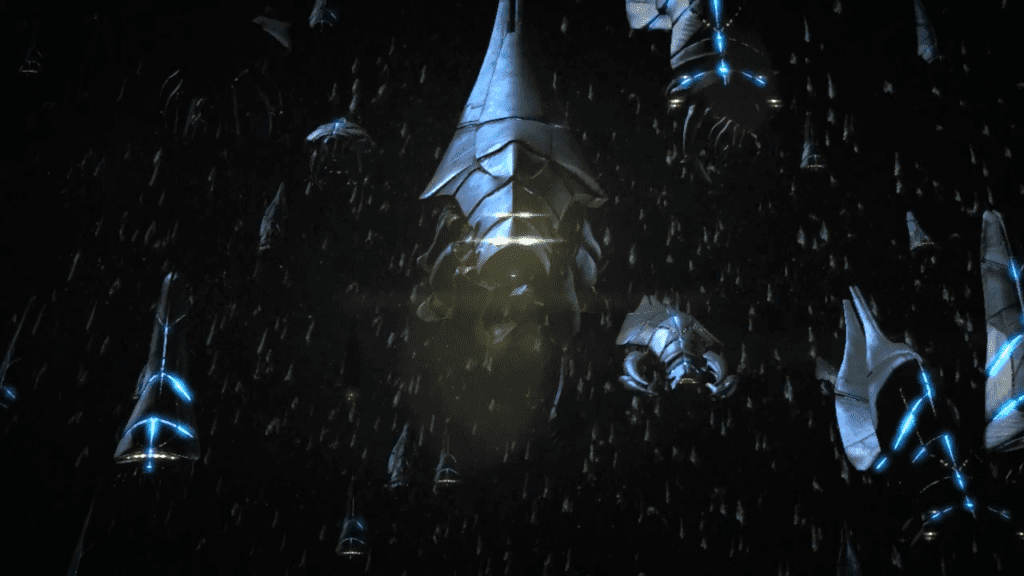
Although Mass Effect 2 was sort of a transitionary story, from the reveal of the galactic threat to the first arrival of the Reaper Army to the Milky Way Galaxy, the execution was beyond exceptional. Playing through the suicide mission for the first time gave players an hour-long experience of varying emotions; from experiencing the death of your first comrade, to the constant stress of the chance to lose another party member, to the final reveal that the Reapers had made their arrival. BioWare’s utilization of in-game decision choices to determine the game’s ending (though did it really matter with ME3’s ending) was something that was never done before in RPGs before. Will Garrus or Tali survive till the end? That is up to the player’s timely decisions. The idea that no character is ever safe makes Mass Effect 2’s ending sequence one of the best.
Jack Linnehan — Grand Theft Auto V — The Third Way
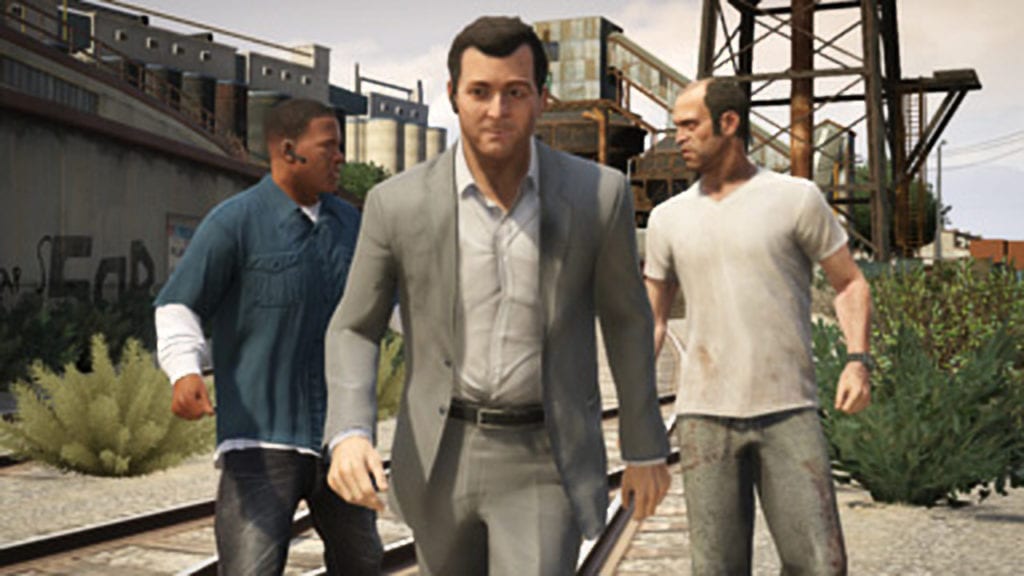
After five tedious, long-awaited years, Rockstar graced us with Grand Theft Auto V. It was a masterpiece, instantly becoming one of the most acclaimed games of its time. The key to its success? A revolving door of three different, unique, and dysfunctional main characters. By the time the final sequence is thrust upon us, we’ve already seen these characters’ highs and lows, come this close to killing each other, and complete some pretty incredible heists. This culminates with the Union Depository job being completed; a massive heist which seemingly is a perfect way to finish off the game. Oh, but not quite.
See, now that the score is done we reach the boiling point of the inner turmoil plaguing our triumvirate of protagonists. Michael wants to kill Trevor, Trevor wants to kill Michael, and both need Franklin to help. In addition, the FIB want Trevor dead while Devin Weston wants Michael out of the picture. Again, the burden of decision rests with Franklin. Tasked with two incredibly disappointing endings (seriously, who would choose to kill either of them? Do you hate fun?), Rockstar so brilliantly delivers Option C: a suicide mission where Franklin, Trevor, and Michael instead decide to kill literally everyone who has been on their case this entire game. Wei Cheng of the Chinese Triad? Poof. Stretch and the Ballas? Gone. The FIB’s own Steve Haines? See ya. Each character eliminates an opposing threat of the others in a very nice triangular setup, to ensure there is no trace to the killer. It concludes in a lovely setting: the trio pushes Devin Weston, naked and bound in the trunk of a car, off a cliff. Despite the odds, our three heroes have put every single enemy of theirs on ice.
A resounding conclusion that takes (assuming you can beat Rockstar’s gold medal time for the mission) a solid 20 minutes, The Third Way allows you as a player to tie up every loose end you’ve created in the game thus far, keep all three protagonists alive and playable, and literally have them riding off into the sunset, free at last.
PJ Manning — Final Fantasy XV — The World of Ruin
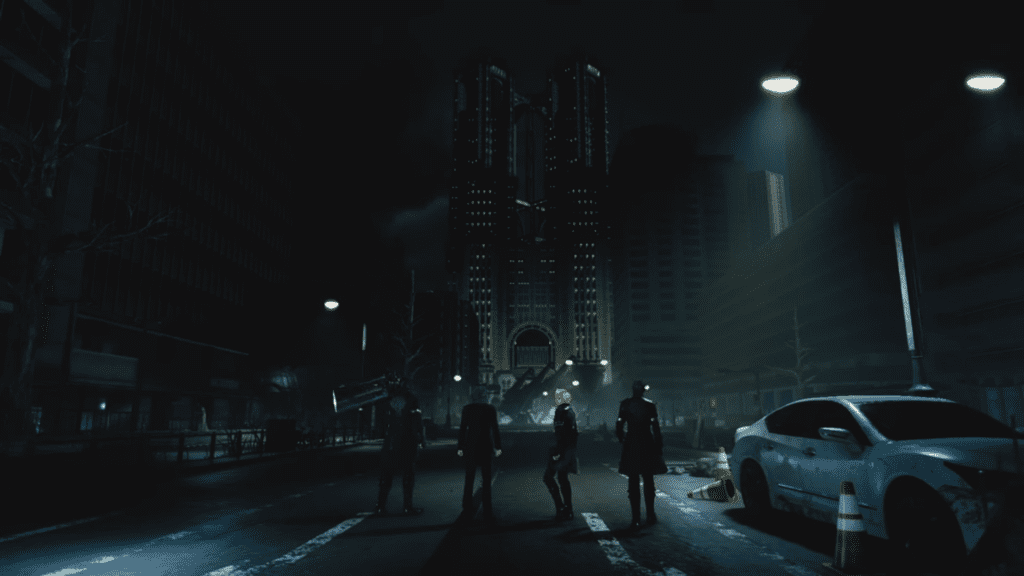
Final Fantasy XV likely isn’t your favorite game in the franchise. I’ve played too few to have an effective list, but where this game sits is irrelevant to how satisfying the final chapter plays out, how emotional the story beats hit, how perfectly it nails its theme.
Love it or leave it, FFXV is about this unparalleled sense of brotherhood and friendship. The combat is alright, Lunafreya is kinda two dimensional and distant. But the long car rides and simple exchanges between the four friends felt perfect. Each quip and photo op made me love that bond as much as they loved each other. But in the controversial 13th chapter (long since patched), this was ripped from our protagonist Noct. Prompto is missing. Ignis is crippled. Gladiolus has been increasingly frustrated with Noct’s imaturity. By the time Noct faces Ardyn and enters the Crystal, things feel broken and desperate.
Enter the World of Ruin. In the ten years Noct spent in isolation, the world lost all light and humanity retreats to a few, lone havens. From a technical standpoint, returning to an apocalyptic Insomnia is an awesome set piece to close the journey, nothing short of epic. The enemies here are bordering impossibly difficult (in your first pass through). All your skills are strained and tested.
While Noct’s final battle with Ardyn is impressive thematically, closing the ideas of cyclicity and identity, prophecy and birthright, the best moment of the final game happens right before you enter the final chamber.
Noct stops, and in a moment that genuinely made me cry, admits to his friends that he’s always needed their strength and asks for a final token before manifesting the prophecy: a single photograph, chosen from the album you slowly amassed over your adventure.
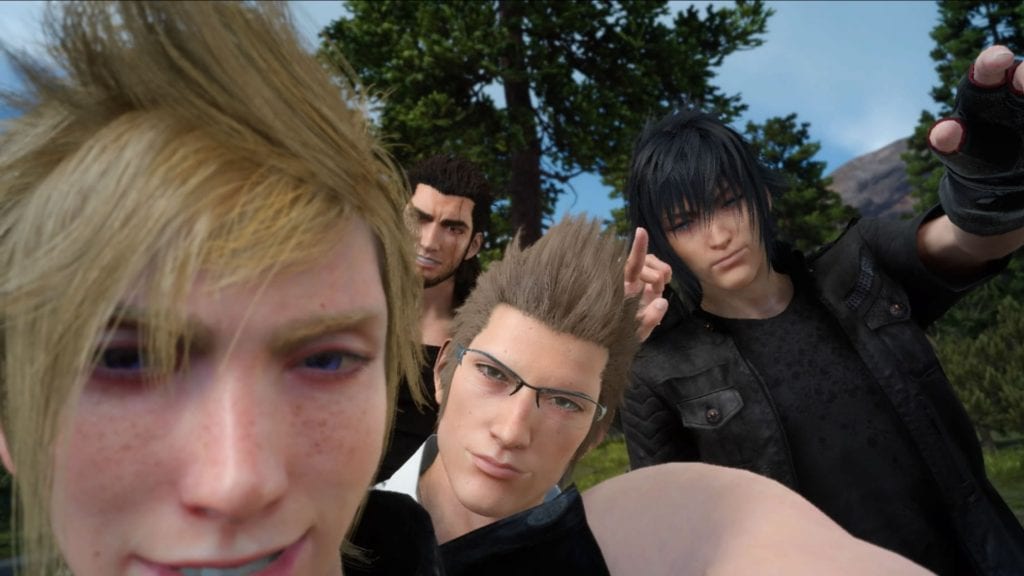
THIS IS BRILLIANT. It takes such an emotional high and places it solely in your agency! You took all the pictures. Every moment in that album is emotional to YOU from YOUR journey with these four characters. YOU live that emotional high alongside Noct, Prompto, Gladiolus, and Ingis. It’s such a perfect, natural close for a game that is the personification of “it’s not about the destination, but the journey.” I have absolutely never felt more connected to a story of any medium. It’s such subtle fourth wall breaking that’s a tear jerker to even the most jaded gamer among us. It’s an arpeggio of friendship that climaxes in a borderline declaration of the purest love, the kind those stuffy Greeks debated about at parties.
This isn’t my favorite game. It has so many problems, like sooo many. But it perfectly closes out its strongest asset in an unparalleled manner. It’s a moment I will never forget.
Sam Martinelli — Red Dead Redemption — Death Awaits Us All
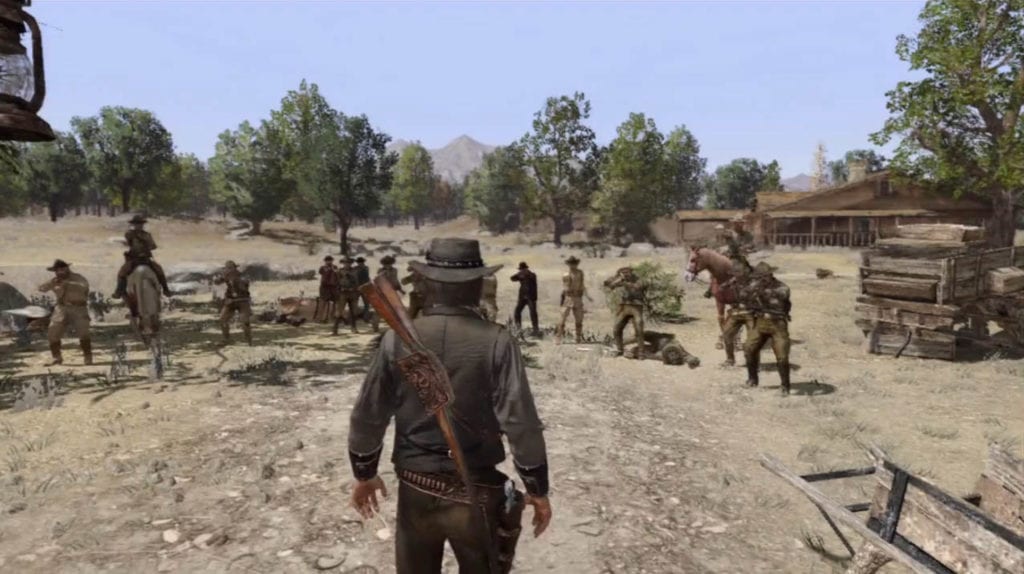
In a sense, Red Dead Redemption doesn’t truly end.
Once this game’s protagonist and lovable anti-hero John Marston has (sort of) killed Dutch van der Linde and thus achieved his end of his deal with the Bureau of Investigation (who blackmailed him into capturing or killing all his previous criminal associates), the Feds inform Marston of the whereabouts of his family. Marston almost literally rides off into the sunset, thinking that most of his troubles are behind him, galloping into the arms of his wife and son and finally able to live a comfortable and humble life of solitude.
While this moment may seem like a good end point, the game’s story is not over by any means. Apparently, the player must complete a series of seemingly mundane missions, including breaking horses, herding cattle, and shooting annoying crows. As dull as these tasks may seem, they provide great insight into Marston as a character, mainly how distant he’s been as a husband, how absent he’s been as a father, and how difficult it is for him to acclimate to a domestic life after all he’s been through. After teaching his son how to hunt and even saving him from the claws of a bear, Marston appears to think that he’s finally beginning to feel normal, even if he sleeps with one eye open.
Then, all of a sudden, all of the federal agents Marston has worked tirelessly for throughout the duration of the game return to his humble abode in an effort to kill him and his family, and to finally wipe the slate clean of anyone involved in their mission to eradicate violent criminals from the frontier. Marston manages to fend off many of the feds and help his son and wife escape on horseback so that he can finally confront what he figured was coming to him at some point. In the final movement of this tragic sequence, Marston opens the doors of his barn (where he was hiding) shoots down as many as possible while being shot to death from every angle.
Years later, following the burial of his mother next to his father, John’s son Jack becomes the playable character, and the player has the option to continue roaming through the vast sandbox world, or seek revenge. Obviously, revenge is best.
After inquiring about the location of agent Edgar Ross, the man behind John Marston’s blackmail and death, Jack finds the man duck hunting in a stream in Mexico. After confronting him, the two duel, ultimately ending in Ross’ unceremonious demise. The title of the game flashes across the screen, with Jack Marston’s face largely unmoved.
The ending sequence of Red Dead Redemption may not be particularly flashy or even that exciting, but it’s immensely powerful in other ways. It shows the player (in multiple moments) that a quiet home life is by no means free from danger and stress; that you can never truly escape your dark past, no matter how hard you try; and that exacting revenge does nothing to heal the wounds caused by those who wronged you. RDR’s main story ends, but the motifs of the game linger, as John’s orphaned son Jack now roams the earth with little motivation and purpose, as killing Ross was all he lived for to that point. Might not be as fun as storming Hyrule Castle or fighting off an enormous final boss, but Red Dead Redemption’s endgame sequence was as hard-hitting and memorable as any game I’ve ever played.
David Silbert — The Witness — Descending into the Mountain
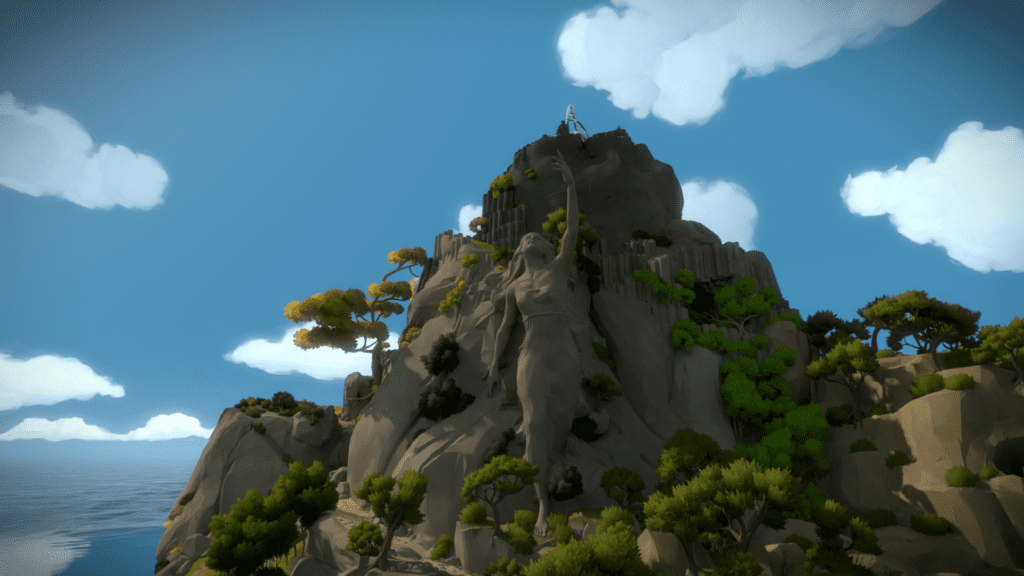
Over the course of The Witness, players scoured its desolate island, diligently solving mazes in what seemed like an endless “dangling carrot” of tetromino blocks, black and white dots, and cryptic triangles. Reward was a decidedly abstract concept, as finishing one of these brain-teasing panels led to yet another one, and another, and another…
We continued to solve The Witness’ puzzles because, well, it was a puzzle game after all. But there had to be something more to it than that. Something greater… or so we thought.
At the end of each major chunk of mazes in The Witness lay a dormant yellow structure. By activating each of these eleven landmarks, players were gifted with a series of light beams being shot towards the center of the map. Where, exactly? The top of the island’s mountain.
In a hurried sprint, players made their way to the summit of this mountain to see what they had finally uncovered after 20+ hours of maze-solving and line-drawing. After a tricky puzzle requiring careful manipulation of the camera, the mountain creaked open, and we were left to descend into the darkness below via a tall elevator shaft.
As for what lay in wake for us? You guessed it: more puzzles—this time some of the most challenging and satisfying we’d encountered yet. Between drawing out mazes that opened up real-world paths (one in particular required hopping through an obstacle we’d assumed needed to be avoided) and solving puzzles within another puzzle, The Witness’ final descent challenged us to rack our brains for solutions we didn’t think were possible.
Then, at the very end, as compensation for completing this grueling marathon? A No Man’s Sky-esque pan out that left us wondering why in the heck we were ever expecting a real reward to begin with. As with most things in life, sometimes the journey truly is the most worthwhile part of the adventure.
How’d We Do?
Games often end on an emotional bang. I mentioned directly how moved I was walking into the final fight of FFXV. These entries were only a few of our favorites, but I’m positive there were emotional peaks we’ve missed. Let us know below what end levels are forever etched in your gaming memories.
We have a lot of fun writing up these lists. We recently published a similar list on the best video game soundtracks. We have a similar one charting the best video game merchants, too.
If you’re tired of things that are good, read up on things that are bad. I address Zelda: Breath of the Wild’s problems here. I have a very similar write-up covering the problems in Pokemon: Let’s Go, Pikachu and Eevee.
Don’t want good, don’t want bad? How about neither? We have a completely objective list ranking every Zelda dungeon (solely on number of Small Keys). We got one with every Breath of the Wild character as well.


